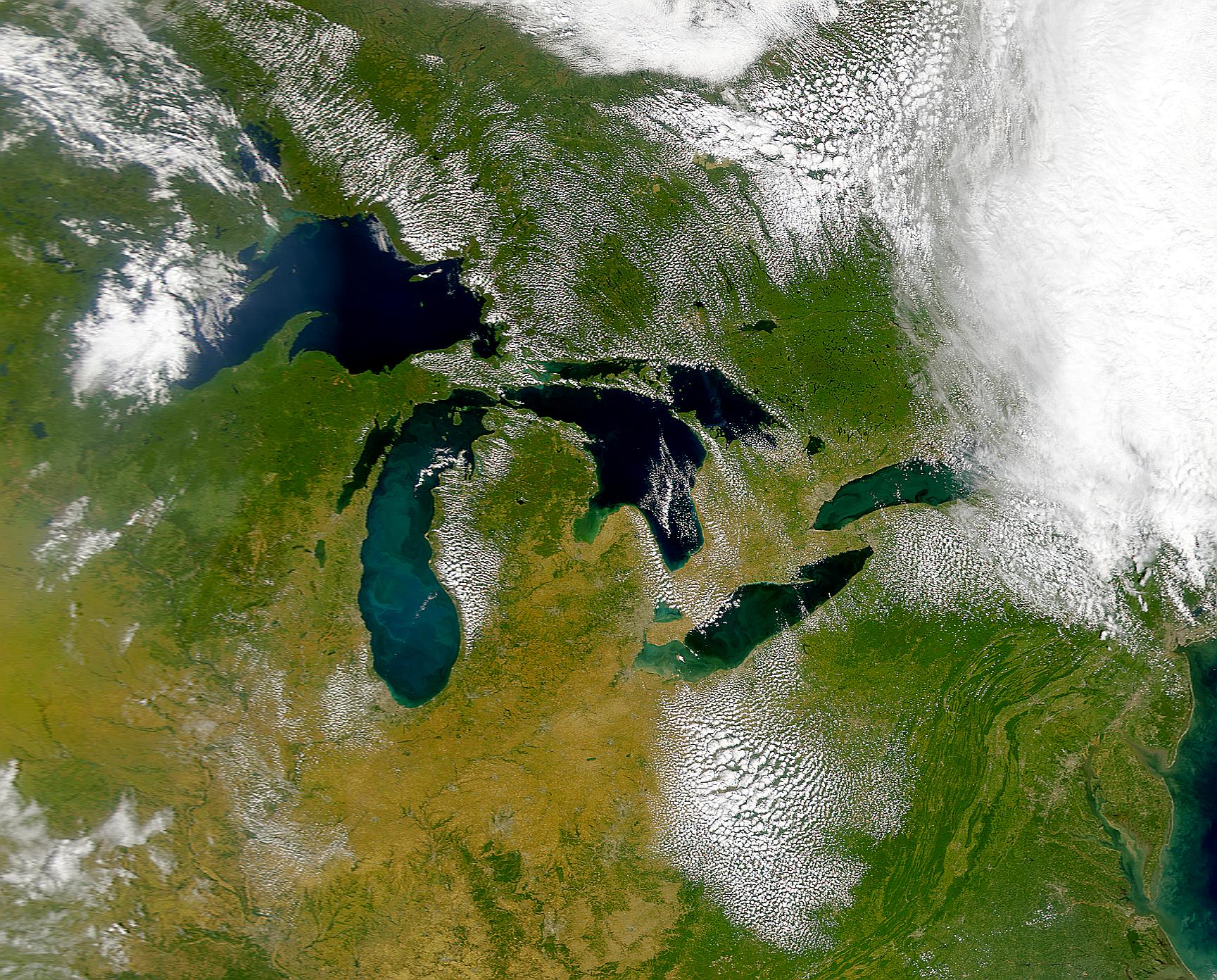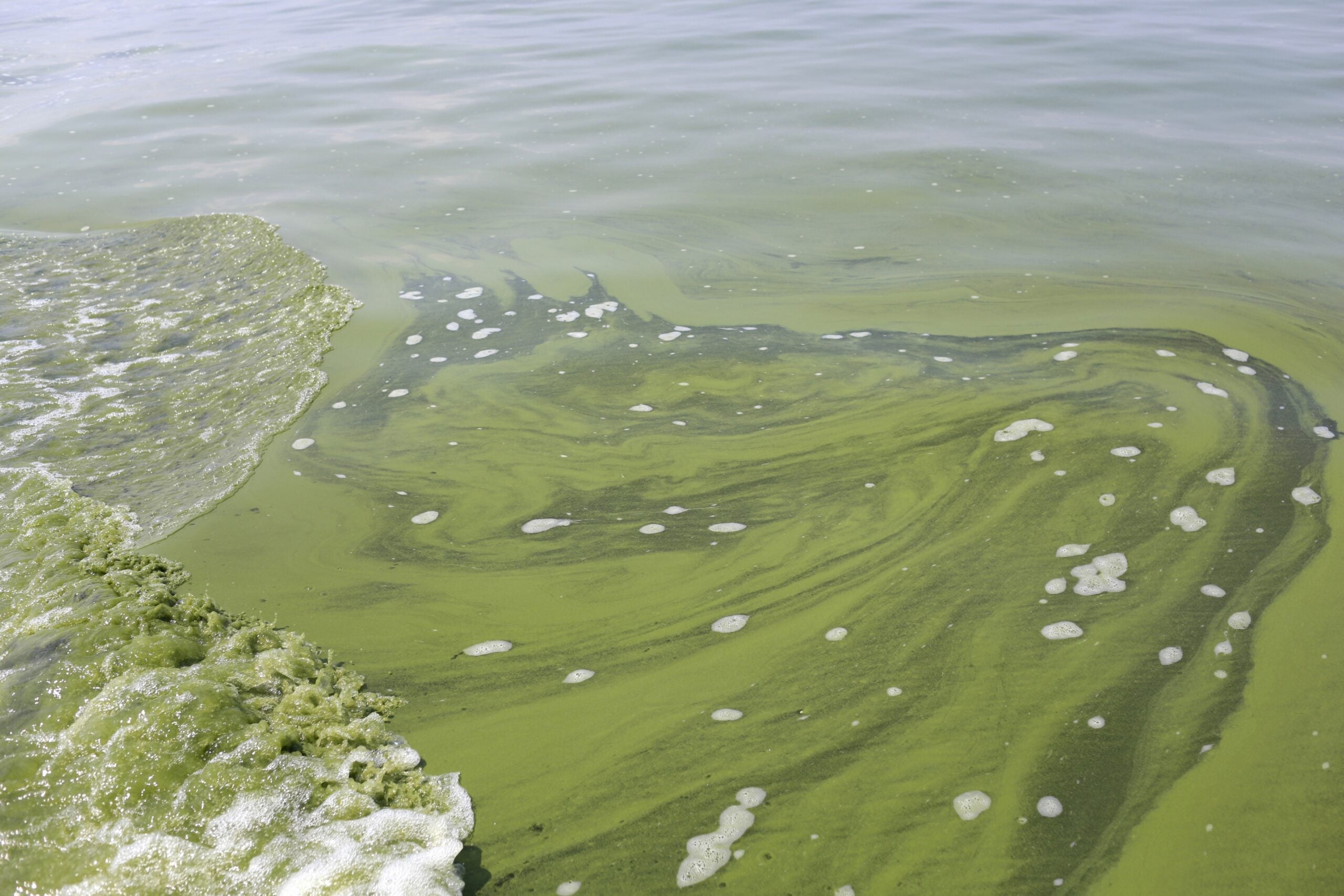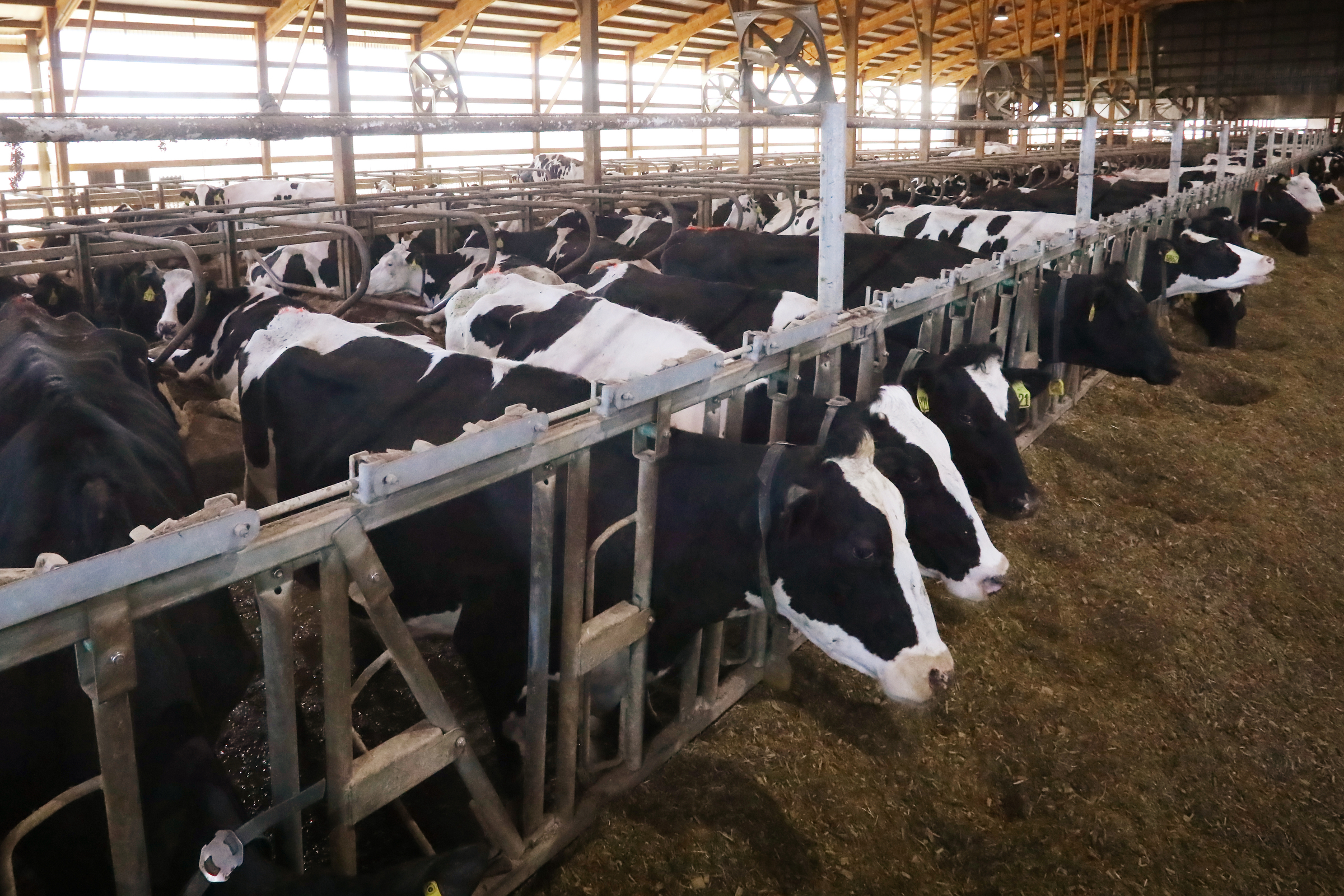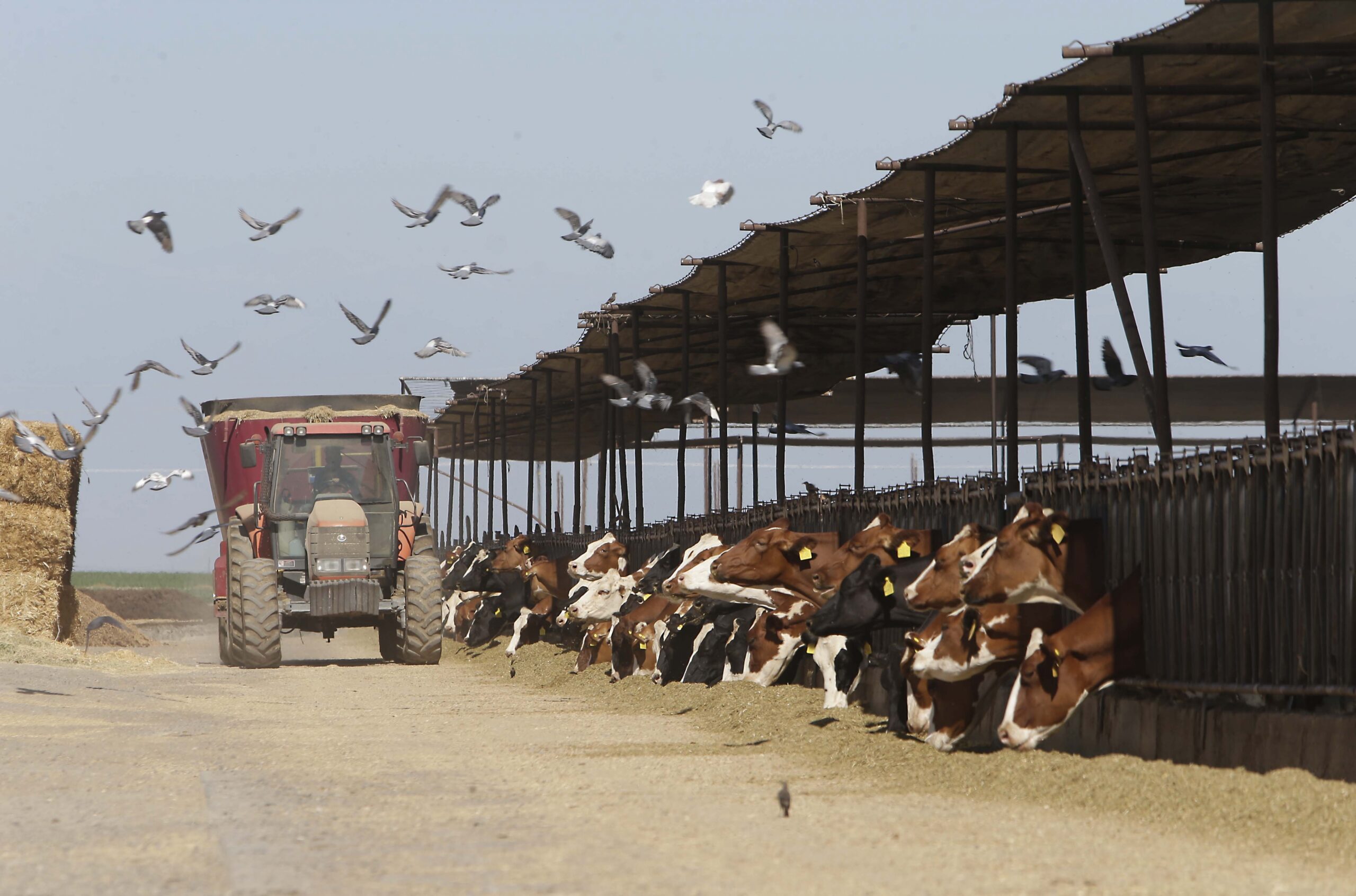A joint United States-Canadian agency released a report Tuesday making more than 30 recommendations to improve water quality across the Great Lakes.
The International Joint Commission wants to see governments invest more money to improve drinking water and wastewater systems, as well as speed up work on problem areas. The report is the first assessment of water quality issues on the lakes since the U.S. and Canada updated the Great Lakes Water Quality Agreement in 2012.
Several key recommendations of the report include setting standards and timelines to eliminate untreated sewage, reducing nutrient runoff from farms, and cutting back on man-made pollution from chemicals.
News with a little more humanity
WPR’s “Wisconsin Today” newsletter keeps you connected to the state you love without feeling overwhelmed. No paywall. No agenda. No corporate filter.
Lana Pollack, U.S. Section Chair with the IJC, says the Great Lakes can’t afford business as usual.
“We’re going to have real damage to the lakes in the sense that the sewage problem will be exacerbated by greater weather events. The nutrient problem, the algal blooms are only expanding,” she said. “There are particular issues that are not going in the right direction (and) others we’re doing rather well, we meaning both governments.”
The commission said the two countries have made progress on cleaning up toxic hotspots and other contaminated sites around the lakes. The joint U.S.-Canadian agency oversees efforts by the two nations to restore and protect the lakes. But, Pollack said they’d like to see more work being done on the prevention side, especially with chemicals of concern.
“We really want to see extended producer responsibility. That is to say, reforms in policy where there is liability assigned to those who create the contaminants that end up in our lake,” she said. “Right now, we’re asking municipalities who are stretched in their own budgets to do a better job removing them from their drinking water. Sometimes that can be done and sometimes it can’t be done, but at any rate it costs a lot of money. It’s much better to prevent them from going into the lake in the first place.”
The report also outlined specific recommendations to improve water quality on Lake Erie, which has witnessed algal blooms that have threatened drinking water and the lake ecosystem. The commission would like to see better subsidies, standards and enforcement for agricultural producers, as well as declaring the lake impaired under the Clean Water Act.
Pollack added the commission also recognizes the “grave” stress on Green Bay due to contamination from chemicals and farm runoff.
“We know that the ag industry in Wisconsin just like the ag industry in Ohio is not being held to a standard that would be acceptable in any other industry,” she said. “Other industries fall under the Clean Water (Act), and they are not allowed to pump pollutants into our waters. The ag industry is exempt from that.”
John Holevoet with the Wisconsin Dairy Business Association said large farms known as concentrated animal feeding operations are regulated under the Clean Water Act, but he acknowledged that many small farms aren’t required to meet those standards.
“We all recognize that farmers are a contributing factor to the nutrients running into the Great Lakes,” he said. “It’s not surprising that we play a role and a pretty significant role… They definitely do re-emphasize the idea that farmers need to take water quality seriously and be willing to embrace new practices to reduce any runoff events they might have and to do a better job when it comes to what nutrients ultimately make it into the Great Lakes.”
Holevoet also added that industries received millions in public assistance to come into compliance with the Clean Water Act when it was first implemented.
“Ag has never received that,” he said. “The question is now what do we do with ag and how do we do a better job?”
He said many farmers are involved in watershed initiatives and efforts to reduce total maximum daily loads in impaired waterways, and that farms are also exploring partnerships with private industry to work together on reducing phosphorus levels within watersheds.
Editor’s Note: This story was updated at 6:04 p.m. Tuesday, Nov. 28, 2017, with comments from the Wisconsin Dairy Business Association.
Wisconsin Public Radio, © Copyright 2026, Board of Regents of the University of Wisconsin System and Wisconsin Educational Communications Board.





